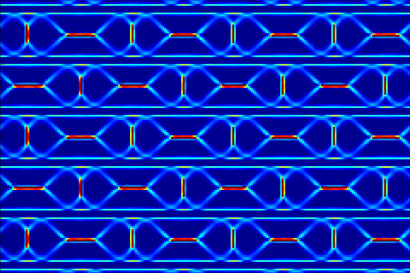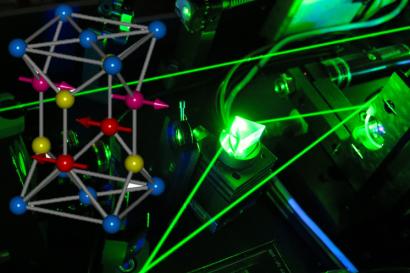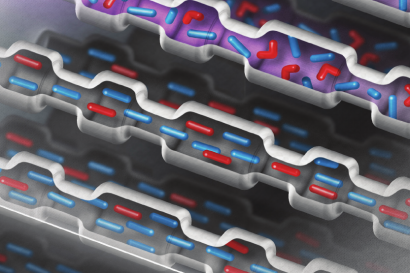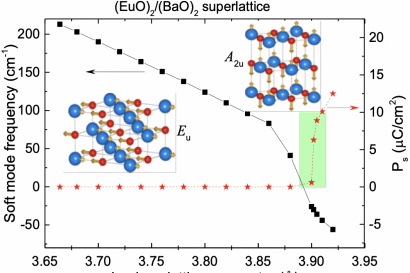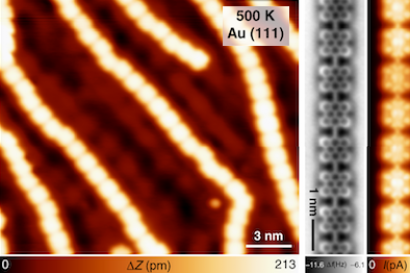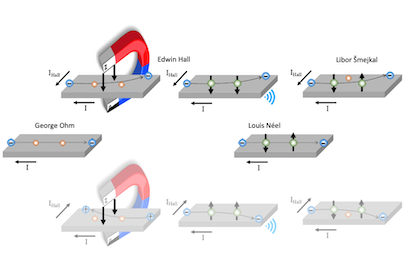From superlattices to supercrystals
FZU researchers, in a world-wide collaboration led by Dr. Pavlo Zubko from University College London, have found that in superlattices, composed of layers of a ferroelectric material separated by thin metallic spacers, electric dipoles form an unusual pattern of nanoscale domains that order in three dimensions to create a ‘domain supercrystal’, exhibiting outstanding dielectric response.
